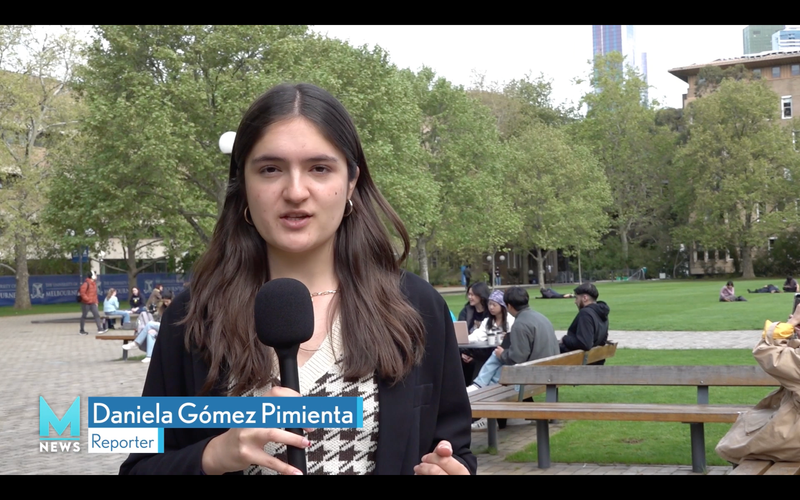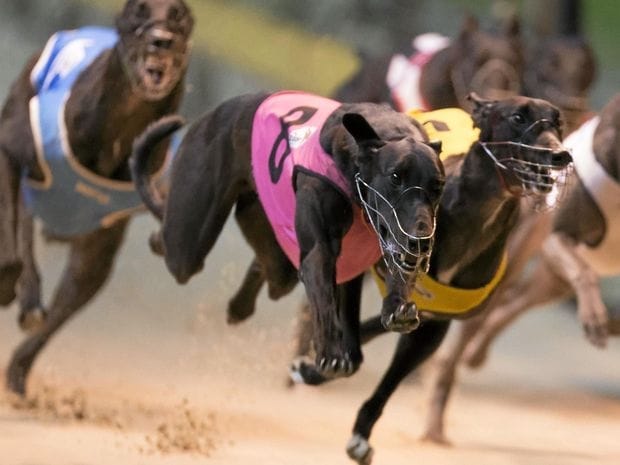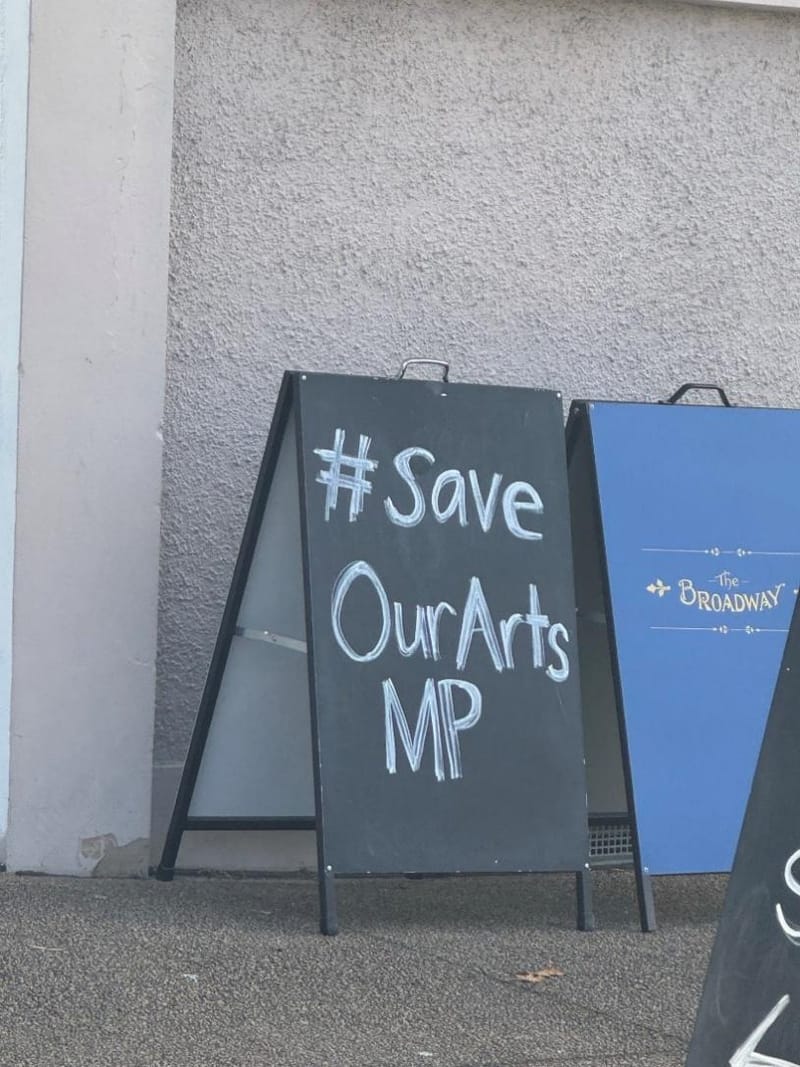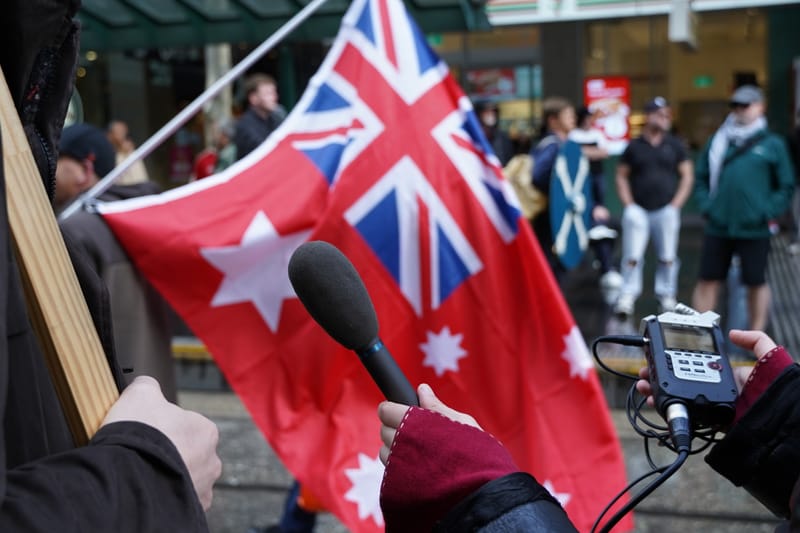As Saturday approaches, will the teal wave ebb or flow?
As Victorians head to the polls tomorrow, all eyes will be on the newest political players - the so-called "teal" candidates.
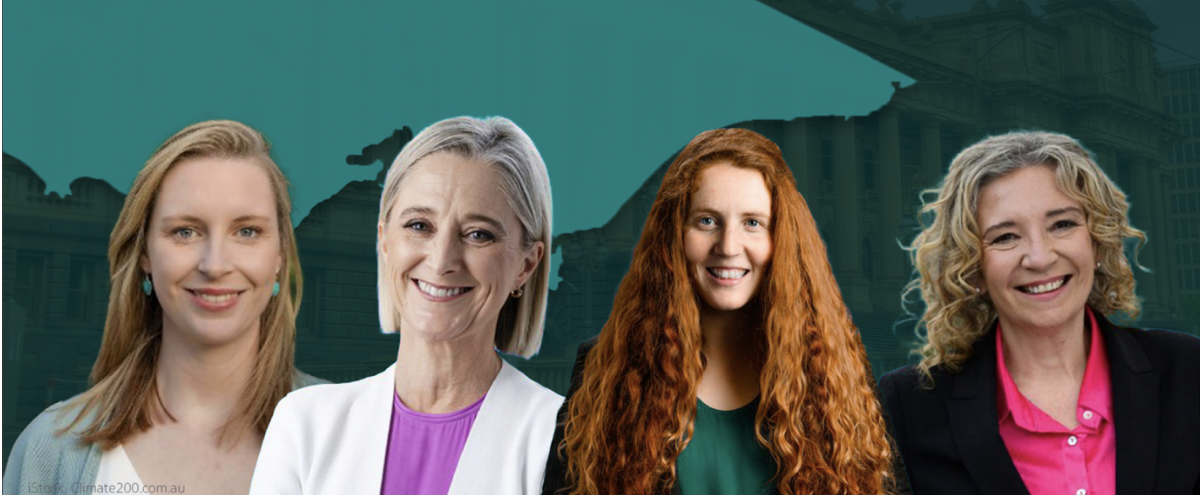
BY HIMANGI SINGH, KATERINA KOSTAKOS and AMELIA SWAN
“I think this election is really challenging to predict. I wouldn’t say that any result is a given,” independent candidate Nomi Kaltmann said.
With the Victorian election almost here, there is a focus on independent candidates running under the teal brand – which managed to unseat powerful Liberal candidates at a federal level.
Backed by Climate 200, a community crowdfunding initiative, the four teals running this election are Nomi Kaltmann in Caulfield, Dr Kate Lardner in Mornington, Melissa Lowe in Hawthorn and Sophie Torney in Kew.
Sophie Torney’s chief of staff, Rob Baillieu, said independents are a great democratic insurance policy because they challenge the two-party system.
“They [teals] can ensure we respond meaningfully to serious challenges like climate change as they are not accountable to donors and lobbyists, rather they are accountable only to their community,” Mr Baillieu said.
Recent polls by research company Resolve Strategic, done exclusively for The Age, revealed Victorians were rejecting the major parties with 31 per cent of voters favouring independent candidates and other minor parties.
Although the teals did well in the federal election, there are critical differences in the political debate which can affect how successful they might be in tomorrow's state election.
WHO SEEKS WHOM
The teal candidates strongly emphasise that they represent the community and its needs.
Groups such as “The Voices Of”, would use different platforms to seek out an ideal candidate that could best represent the community’s values.
Simon Holmes à Court, the founder of Climate 200, said they back the independents because "the issues that matter to people are being ignored".
"The common feature of all of them is that the community decided they wanted representation, and they went out and looked for a representative," he said.
Although he flags that every community is different and doesn't follow a particular process in finding candidates, values need to be aligned with Climate 200 in order to receive funding and support.
"There is no manual, or no template, or franchise. They would find a great candidate and put them forward there," Mr Holmes á Court said.
After the community selects a candidate to represent them, Climate 200 is brought in to help.
"Once they have a strong campaign team and have found a candidate, and our polling showed that they had a path to victory - that is when we would come in and help them," he said.
Rob Baillieu said the community selecting process involved more than 300 people each time coming from different backgrounds, ages, races and gender.
SHOW US THE MONEY
A potential hurdle that could prevent the Victorian teal independents from emulating the success of their federal counterparts is Victoria's new funding laws. This sets a donation cap of $4320 per donor over four years.
The Andrews' government claimed that the cap signified Australia's most transparent and strict political donation laws and would prevent donors from buying influence in Victorian politics.
Monash University lecturer and political scientist Zareh Ghazarian said these funding rules, which will be in effect for the first time in this election, will limit the amount of money the independent candidates will be able to receive.
"This is different to the federal campaign, where we saw the teals benefit from lots of people donating; they were able to achieve significant financial rewards," Dr Ghazarian said.
Climate 200 is also playing a very different funding role in the state election, with it only financially backing four candidates in Victoria as opposed to the 23 they supported at commonwealth level.
Mr Holmes à Court said it was harder for independents to fundraise, than it was for political parties.
“There is about $100 million of public funding that goes into the political system every four years, but it goes to the incumbents rather than the challengers,” he said.
Climate 200 encourages those who have donated at the federal level to donate again in the state.
"There are some other good campaigns around the state that we would love to support more, but we are having to stay focused because of donation resources," Mr Holmes à Court said.
“The parties do not need to fundraise to be successful in the election, but the independents need to fundraise everything."
Caulfield independent candidate Nomi Kaltmann said Victoria’s strict fundraising rules makes it challenging to run an independent campaign.
“Climate 200, they’re letting people know that I have a science-backed approach to climate change and policy.”
“It is just a matter of saying, ‘Hey, do you want to donate to Nomi’s campaign?’ to their vast network, and people who want to can, but it's not coordinated,” Ms Kaltmann said.
CAULFIELD'S COMPETITION
The battle between independent Nomi Kaltmann and Deputy Liberal leader David Southwick for the marginal seat of Caulfield is set to be a close one, with a margin of .04 per cent according to the ABC.
“I think anything could happen in Caulfield, whether it goes to me, whether it goes to the Labor Party, or the incumbent retains the seat. I think it's all on the table,” Ms Kaltmann said.
Ms Kaltmann, 30, is an Orthodox Jewish lawyer and mother, and said she does not see other people who look like her represented in parliament.
“If you have never seen anybody that looks like you, or is from your local area, or is from your faith group, or from your background run in politics, you never see that as possible.”
Ms Kaltmann was previously an active member of the local Labor party branch, before being approached by the Voices of Caulfield to run as its independent candidate.
Ms Kaltmann said she was always uncomfortable with the party system but did not see a viable alternative until the success of the independent movement.
“Many people are excited that young mums are running for parliament, that someone who has got really strong feminist credentials is running for parliament, and I think that forces a rethink on who candidates are,” she said.
“Before major parties start parachuting people in from the other side of town, or middle-aged white men to run in parliament, they might have to stop and consider; wait a second, is this really the best fit for the electorate? Can we find someone who is more representative of the people here?”
Although Ms Kaltmann said that the major parties are not doing too well in Caulfield, the liberal incumbent David Southwick said this was the best campaign he has ever run.
“For the first time, we have just engaged so many young people… the Liberal Party has always had a problem attracting young people,” Mr Southwick said.
When asked about the competition from the independent teal candidates in Victoria, Southwick said they are trying to cash-in on where they had success federally.
“They should be running in Mulgrave against Daniel Andrews. They’re not running against the government,” Mr Southwick said.
For Ms Kaltmann however, having an independent in parliament can force better policies from the major parties, by pushing fringe ideas into the mainstream.
“Climate action has become mainstream, and that is a great thing. All the parties want to be on board with that because they say it's popular,” she said.
“I consider that a win in the long run for Victorians, because we are going to have better policy decisions.”
Mr Southwick said climate action, in particular, was important for him this election too.
“I am the first to say there were a lot of things about what Scott Morrison was offering that I wasn't supportive of… I think that they could have done a lot more on climate, which they didn't,” he said
FEDERAL V STATE
Unlike the federal election, there are critical differences in the political debate in the Victorian election. The focus is predominantly on health, education and infrastructure, coming off the back of the pandemic.
"In Victoria; it's focused on health care, education and infrastructure projects. So it's going to be a test of how the teals can modify their approach and ultimately attract voters," Dr Ghazarian said.
With the Labor Party currently in power, the issues surrounding the government are completely different to the previous-run federal Liberal government.
Rob Baillieu said the challenges in this election were different, but the issues concerning voters remain the same.
“Climate change is still number one, followed by the economy, integrity, and health. Cost of living is on everyone’s mind,” he said.
“We have a Labor government, not a Liberal government. Some Labor supporters are reluctant to vote tactically as a result and naively assume that good polls for Labor generally will translate into local Labor candidates easily winning.”
With a tight timeframe of just six months since the federal election, voters are seemingly getting tired of politics, which has impacted their way of voting.
"Fatigue is a real problem. Lots of people gave everything at the federal level,” Mr Baillieu said.
Resources for candidates have also been limited, which has made it difficult to educate voters on how to vote strategically.
“Tactical voting requires significant awareness of voting options and likely outcomes. With short campaigns and two elections in one-year awareness is low,” he said.
“Long campaigns allow us to raise awareness about an independent candidacy. There is no greater challenge than candidate awareness for independents.”
WILL THERE BE A TEAL WAVE?
While there is no doubt that similar integrity issues in politics and climate action exist at both the state and federal levels, the purpose of the teal campaigns are different.
Where the federal teal candidates sought a major change in leadership, the power of the teal candidates in Victoria lies in new representation in parliament.
The teals represent a disruption to traditional party politics, but tomorrow's poll will be the first opportunity to see what kind of impact they can have at a state level.
“If the teals are able to win seats in the state election then they really position themselves as major disruptors in Australian politics moving forward,” Dr Ghazarian said.
“It still remains to be seen whether the teals will be as successful as they were at the federal election.”


